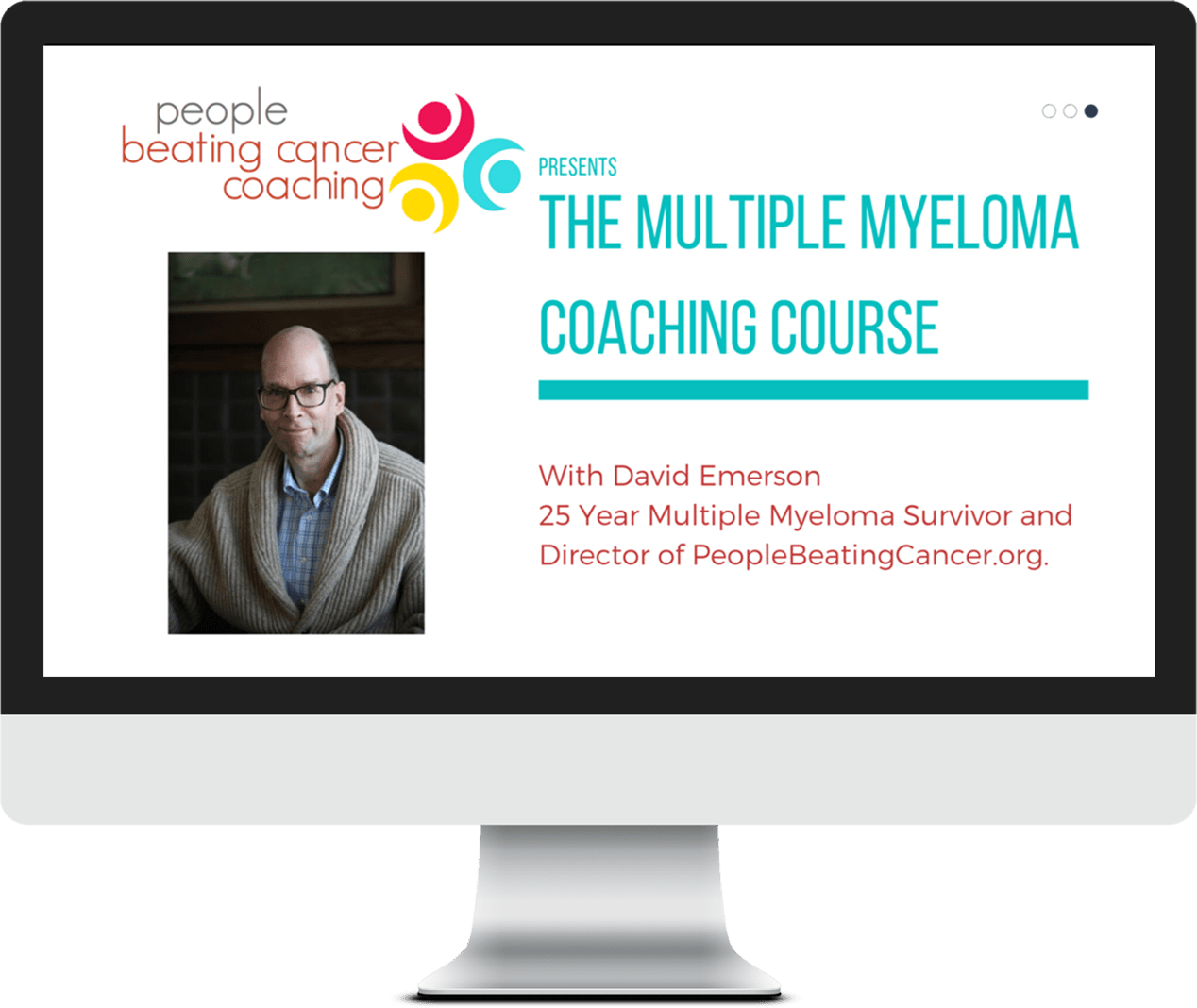
Recently Diagnosed or Relapsed? Stop Looking For a Miracle Cure, and Use Evidence-Based Therapies To Enhance Your Treatment and Prolong Your Remission
Multiple Myeloma an incurable disease, but I have spent the last 25 years in remission using a blend of conventional oncology and evidence-based nutrition, supplementation, and lifestyle therapies from peer-reviewed studies that your oncologist probably hasn't told you about.
Click the orange button to the right to learn more about what you can start doing today.
- You are here:
- Home »
- Blog »
- Multiple Myeloma »
- Multiple Myeloma Stage 1- Bone Health?
Multiple Myeloma Stage 1- Bone Health?
Do you know if you rib is a single bone plasmacytoma and not full MM? I ask only because a SBP is pre-MM like MGUS and SMM. I will link a post about SBP below.
Hello David. I am a otherwise healthy 57 year old newly diagnosed with Multiple Myeloma Stage 1. I have 1 lytic lesion in rib. Just completed 1 cycle of Revlimid Velcade Dexamethasone (RVd).
In your blog post about bone health, you mentioned that denosumab is superior to biophosphates. I have been prescribed Zometa infusion 1x/month.
Could you expand on the differences in the 2 classes of drugs. I am a pesonal trainer and do exercise daily. I do take D3, Magnesium and K. Could you also share what dose of K you take?
- MM Survivor
- MM Cancer Coach
- Director PeopleBeatingCancer
Recommended Reading:
Treatment of Myeloma: Cure vs Control
Plasmacytoma vs. Multiple Myeloma
Denosumab compared with zoledronic acid on PFS in multiple myeloma: exploratory results of an international phase 3 study
“An exploratory end point from a recent trial in patients with newly diagnosed multiple myeloma showed that median progression-free survival (PFS) was increased by 10.7 months with denosumab vs zoledronic acid. We performed additional analyses to identify factors that may have contributed to the favorable PFS with denosumab.
Ad hoc analyses were performed for patients intending to undergo autologous stem cell transplantation (ASCT; ASCT intent), not intending to undergo ASCT (ASCT no intent), and intent-to-treat according to age (<70 or ≥70 years) and baseline renal function (≤60 mL/min or >60 mL/min creatinine clearance [CrCl]). Of 1718 patients, 930 (54.1%) were in the ASCT-intent subgroup, and 788 (45.9%) were in the ASCT-no-intent subgroup…
In the ASCT-no-intent subgroup, no benefit with denosumab vs zoledronic acid was observed. PFS favored denosumab vs zoledronic acid in patients with CrCl >60 mL/min and in patients <70 years old, but no difference was observed in patients with CrCl ≤60 mL/min or patients ≥70 years old.
The PFS difference observed with denosumab is one of the notable benefits reported in newly diagnosed multiple myeloma and was most pronounced in patients intending to undergo ASCT and those who received proteasome inhibitor (PI)−based triplet regimens…”


